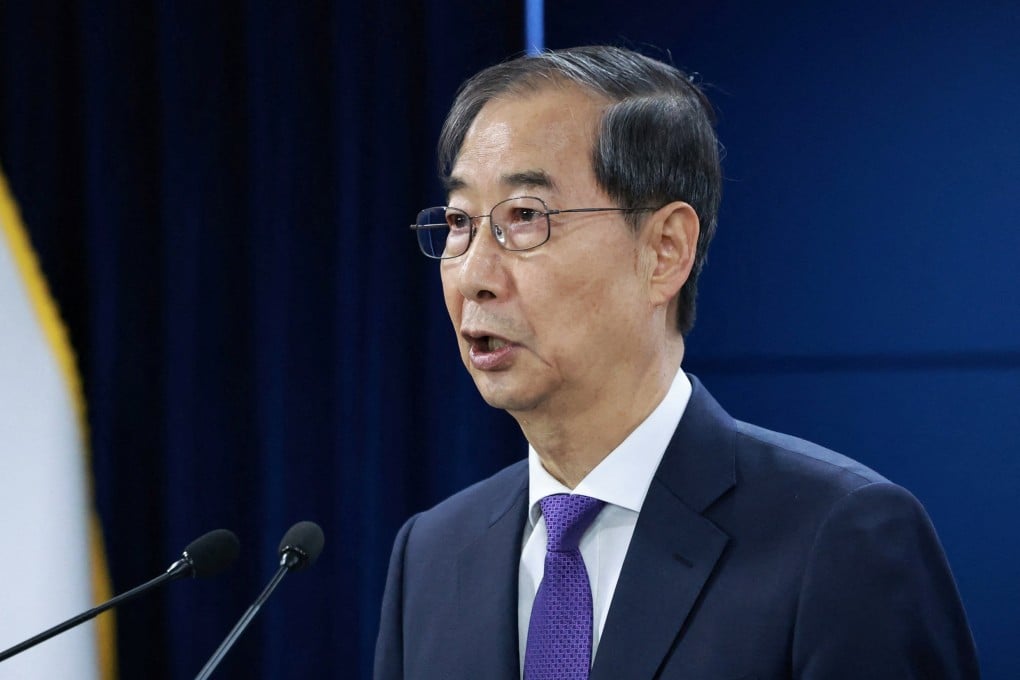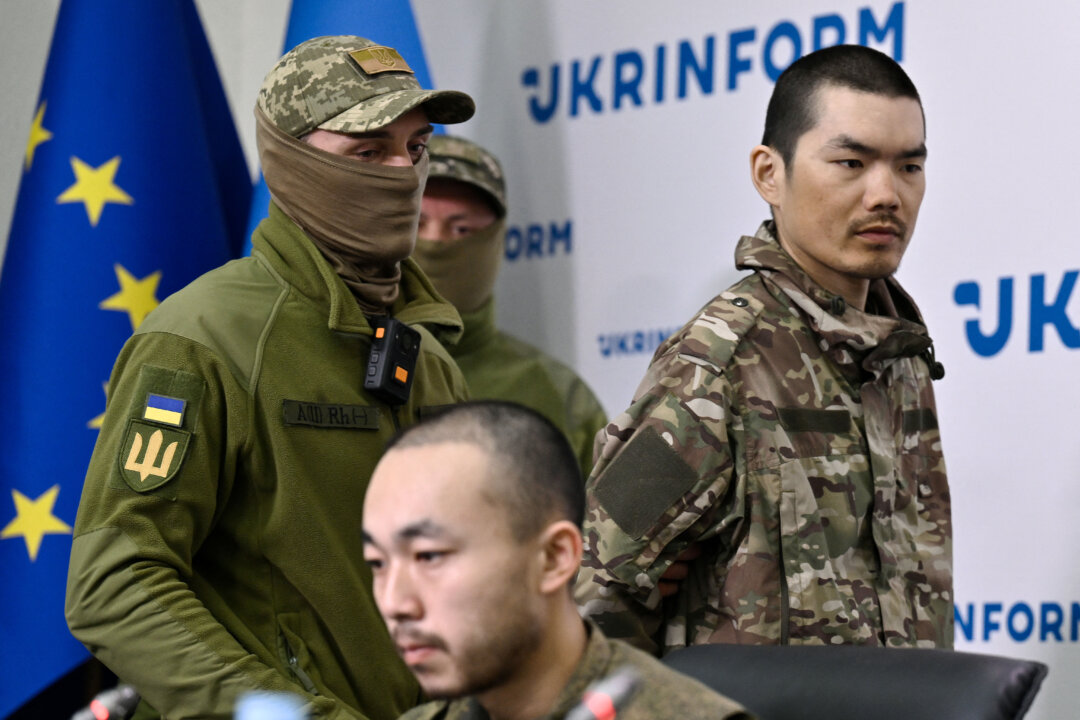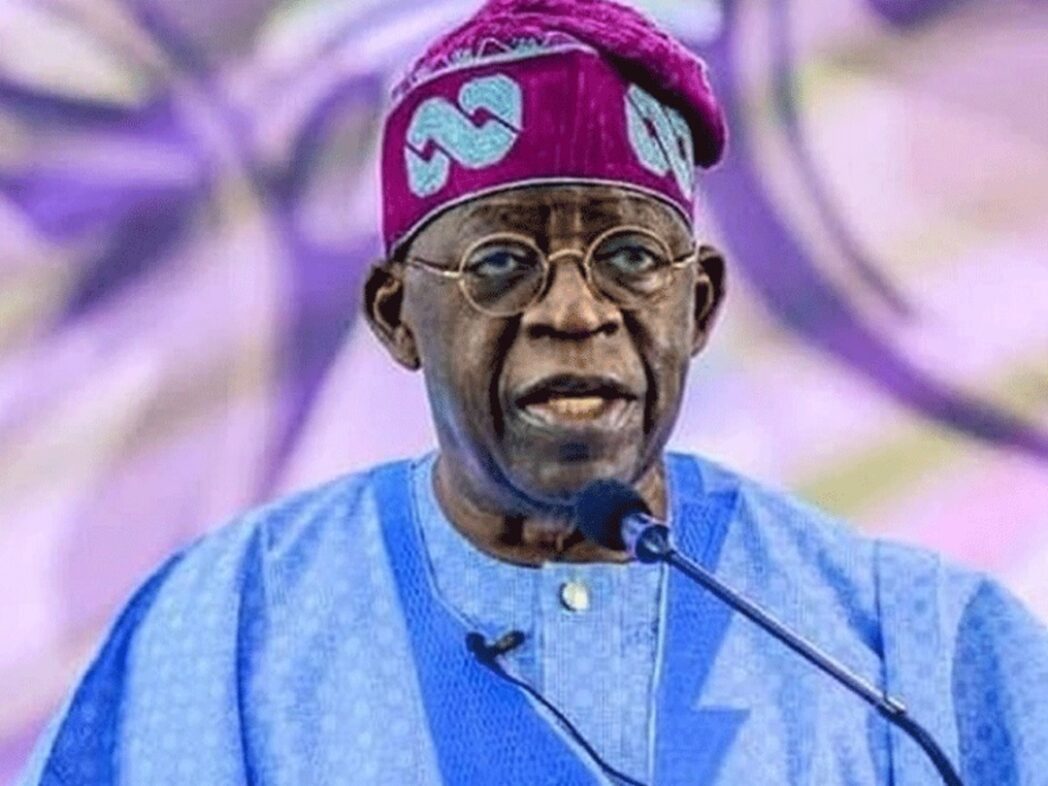India and Pakistan have had several shooting matches since they carried out a total of nine underground nuclear weapons tests in 1998. However, they don't make Putin-style thinly veiled threats to use their nukes (around 170 nuclear warheads each at the moment), and they do understand that escalation from smaller, "conventional" wars is the real danger. For example, Islamabad did not retaliate to Indian air strikes on Pakistan in 2016 and 2019, didn't even admit that they had happened in order to damp down domestic pressure for a tit-for-tat escalation.
India has also worked to keep the level of violence down, even though the basic relationship is one of mutual hatred with religious overtones. However, the relationship between the two countries is fundamentally unstable, because Pakistan has only one-sixth of India's population and one-tenth of its wealth. "Conventional" wars are basically wars of attrition, which means that Pakistan would almost certainly lose a non-nuclear conflict.

By contrast both countries would be destroyed in a nuclear war, so threatening to escalate a war to the nuclear level would give Pakistan a weird kind of leverage. The two countries have not strayed that far into the swamp of nuclear deterrence theory yet, but they will probably get there in the end. Yet the rest of the world pays almost no attention to these "local" calculations, because other countries doesn't feel threatened by a nuclear war between India and Pakistan.
They believe it would largely stay within South Asia. They are wrong about that, which is why the present confrontation between the two is far more dangerous for the world than the Ukraine war or any other current conflict. The trigger for the India-Pakistan crisis this time was a terrorist attack in the Indian-controlled part of Kashmir on April 22 by four gunmen who stepped out of the woods at a well-known tourist site and machine-gunned a group of Indian tourists, killing 26 of them.
All the dead but one were Indian Hindus. The terrorists have been identified as Kashmiri Muslims or Pakistanis of Kashmiri origin, and the Indian government has declared that they were supported by the Pakistani government. That is possible, but India has offered no evidence and a home-grown Kashmiri group is an equally plausible alternative.
Kashmir was India's only Muslim-majority state, and since Prime Minister Narendra Modi's sectarian Hindu and ultra-nationalist regime ended its special status in 2019 it has been boiling with resentment and is effectively occupied by the Indian army. Matters have now got worse, with Mr Modi suspending the Indus Waters Treaty of 1960 that regulates the sharing of the six rivers' water between India and Pakistan. The water is important for India but utterly existential for Pakistan, where it irrigates 80% of the land on which the country grows its food.
In no previous war has India suspended this treaty, but Mr Modi's party almost lost its parliamentary majority in the last election and the quickest way to rebuild its support among Hindu nationalist voters is to have a huge crisis with Muslim Pakistan. Many other countries have leaders just as reckless, but few of them have nuclear weapons. And Mr Modi is playing with far more lives than the others: not just the 20 million "prompt" dead expected from blast, fires and fall-out in a full-scale India-Pakistan nuclear war, but the 200 million to 2 billion dead predicted elsewhere in a 10-year "nuclear winter".
A nuclear winter is a long period with conditions cold enough to cut global food production. It would start with hundreds of firestorms in cities hit by nuclear explosions that boost enormous amounts of soot in the stratosphere. The soot blocks much of the incoming sunlight -- and it stays there for years because there is no rain in the stratosphere to remove it.
The original calculations were done in the 1980s for a nuclear war between the US and the Soviet Union, but a decade ago a team led by Professors Alan Robock and Brian Toon of Rutgers and Colorado Universities redid the calculations for an India-Pakistan nuclear war on fast modern computers with a huge data-processing capacity. The results were horrifying. Hundreds of burning cities in India and Pakistan provide the initial boost of soot into the stratosphere over South Asia as before, but prevailing upper-altitude winds would carry most of it east and north until it blankets the northern temperate zone too.
Those south of the equator would fare somewhat better, but countries in North America, Europe, the Middle East and East Asia would not be spared. Famine would prevail for 10 years. Worry about Ukraine, Gaza, Iran and Taiwan but the big threat is a nuclear war between India and Pakistan.
Gwynne Dyer is an independent journalist whose articles are published in 45 countries. His latest book is 'Intervention Earth: Life-Saving Ideas from the World's Climate Engineers'. Last year's book, 'The Shortest History of War', is also still available.
.
Politics

South Asian nuclear war would hit globe

India and Pakistan have had several shooting matches since they carried out a total of nine underground nuclear weapons tests in 1998. However, they don't make Putin-style thinly veiled threats to use their nukes (around 170 nuclear warheads each at the moment), and they do understand that escalation from smaller, "conventional" wars is the real danger.















